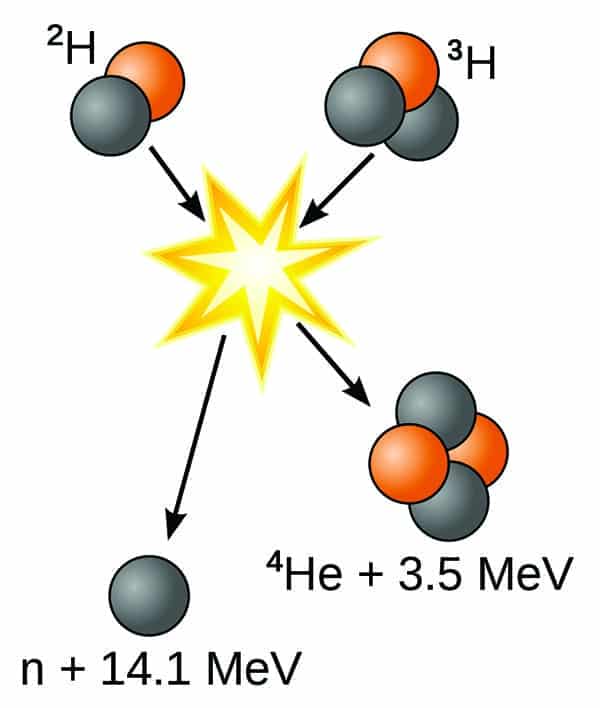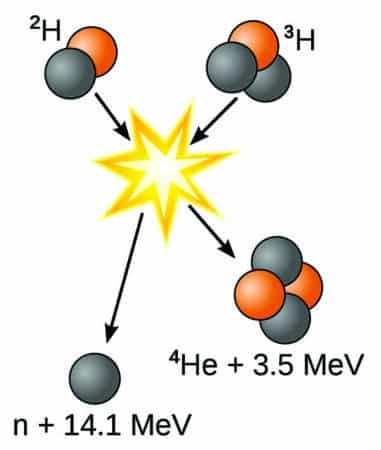
Fusion Science Books
What Is Fusion Science?
The definition of fusion science is very simple. It is the reaction between two or more atomic nuclei that produces subatomic particles and different atoms. This process is a form of energy transfer. When the reactants fuse, they release and absorb energy in the form of energy. However, the exact mechanism is not clear. But one thing is certain. In all cases, the reaction should have a positive effect on our everyday lives.
The term “fusion” refers to the nuclear reaction that occurs when two smaller nuclei join to form a larger one. A large unstable atom breaks up into a series of small atoms, and these large atomic particles release their energy. Normally, negatively charged nuclei repel one another. High-speed particle accelerators and extremely high temperatures can create nuclei with enormous amounts of energy. The results of this process are potentially revolutionary for humanity.

Today, fusion research is an international collaboration
between many countries, including the US, Russia, and Japan. The United States leads the research efforts, while Russia, Japan, Canada, and South Korea have been involved in the field for decades. The development of fusion technology has long been linked to the development of atomic weapons. The Soviet Union has led the way in fusion research since the 1970s, and the United States has been conducting its own fusion experiments ever since.
As of this writing, fusion is a promising science. It can be used as a peaceful energy source. The magnetic fusion reactor project is being developed by a team of scientists at the University of Michigan. The total cost of this project is estimated to be $15 billion. But until then, the research will remain in the labs. There are many other areas of research that need further investigation, so it’s important to understand the field as well as its implications.
While there are many advantages to fusion
it is still far from being a viable option for many people. It is not yet clear how the process works, but it can be very useful for a wide variety of purposes. Moreover, fusion is a great way to create energy and save the planet. There are some challenges in this project, but it’s certainly possible to find a way to make it work. The key is to know what makes it so useful.
For example, fusion scientists have been working to develop a superconducting material for the ITER magnets. These materials are extremely effective at preventing the release of radioactive substances and allowing the experiment to proceed without any problems. The ITER is a major project that will require a lot of money and time, but the outcomes will be well worth it. The ITER magnets are so large that they could actually stretch around the world twice.
Aside from its ability to create energy
fusion scientists are also exploring the possibility of using this type of energy in a nuclear power station. This technology will not only make a power plant possible but will save the planet from oil shortages. The ITER’s magnets are approximately a thousand kilometers long, which is enough to wrap around the entire Earth twice. Aside from fusion, the United States is also working on developing several key fusion nuclear technologies. These include developing specialized materials for extreme conditions.
In addition to the ITER, there are other projects that have been successful. These include the development of superconducting devices and a magnetic fusion reactor. These are ongoing projects that will be very expensive, and are often related to atomic weapons. The costs of these projects are astronomical and may cost as much as $15 billion. They are not feasible yet, but they are a necessary part of the ITER. Its success depends on these developments.
The magnetic fusion reactor is currently under development
It uses superconducting material and has a diameter of more than 100 kilometers. It uses three types of texts/workbooks, each spanning a semester. The instructor will provide students with an interactive science textbook to use during the semesters. It is a good idea to consult with a teacher to learn about the science behind the ITER. If he wants to make sure his students understand the concepts in a specific topic, he or she should have a copy of this program.


Comments (0)